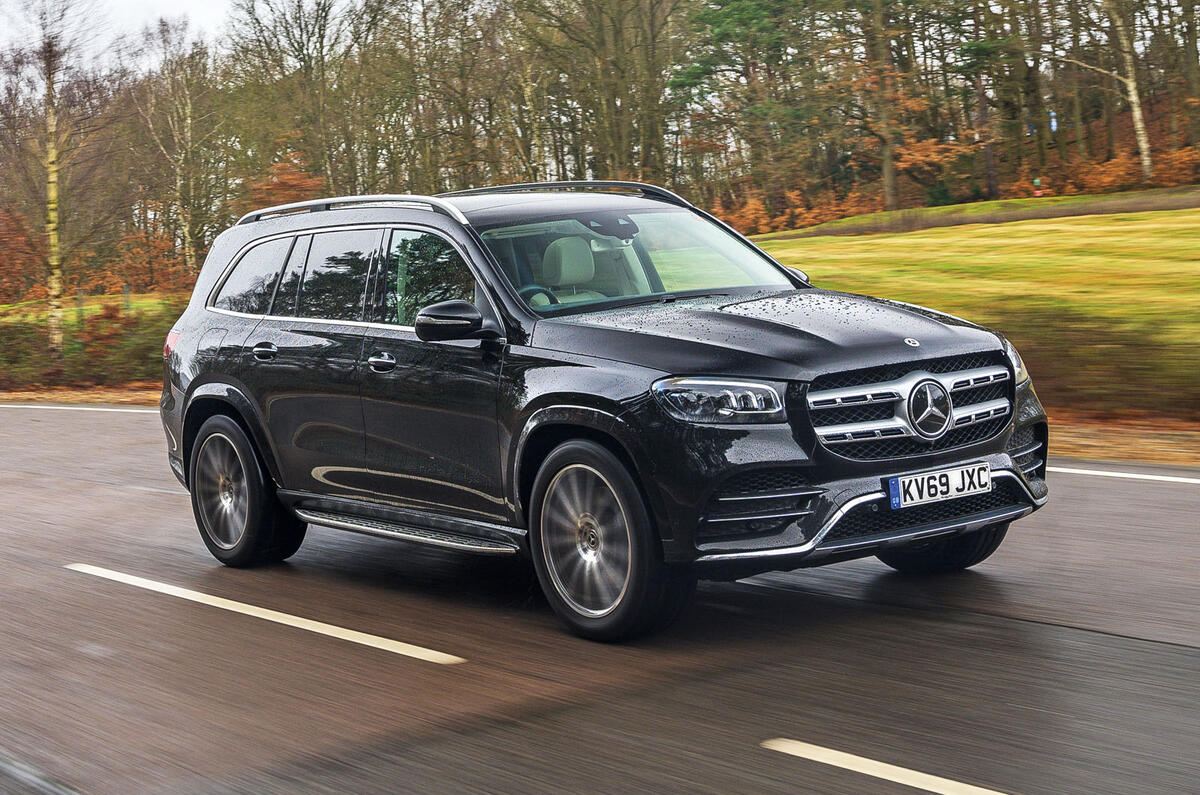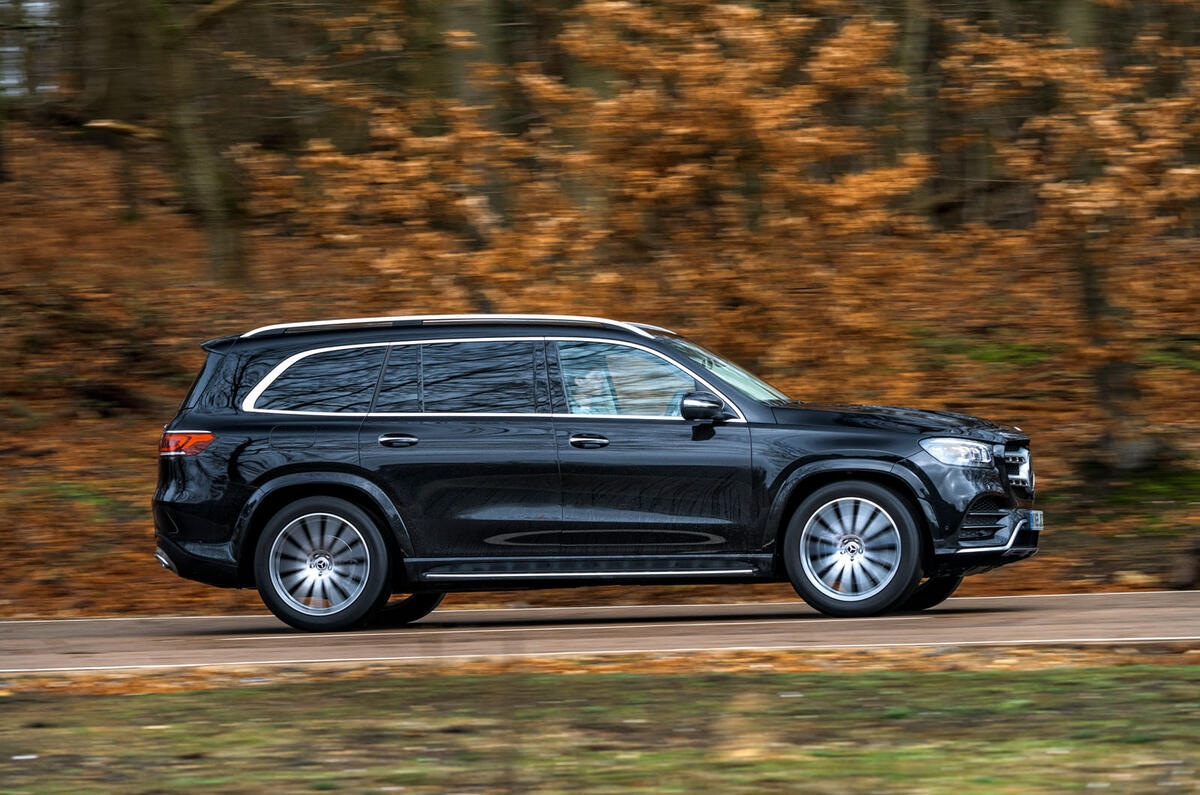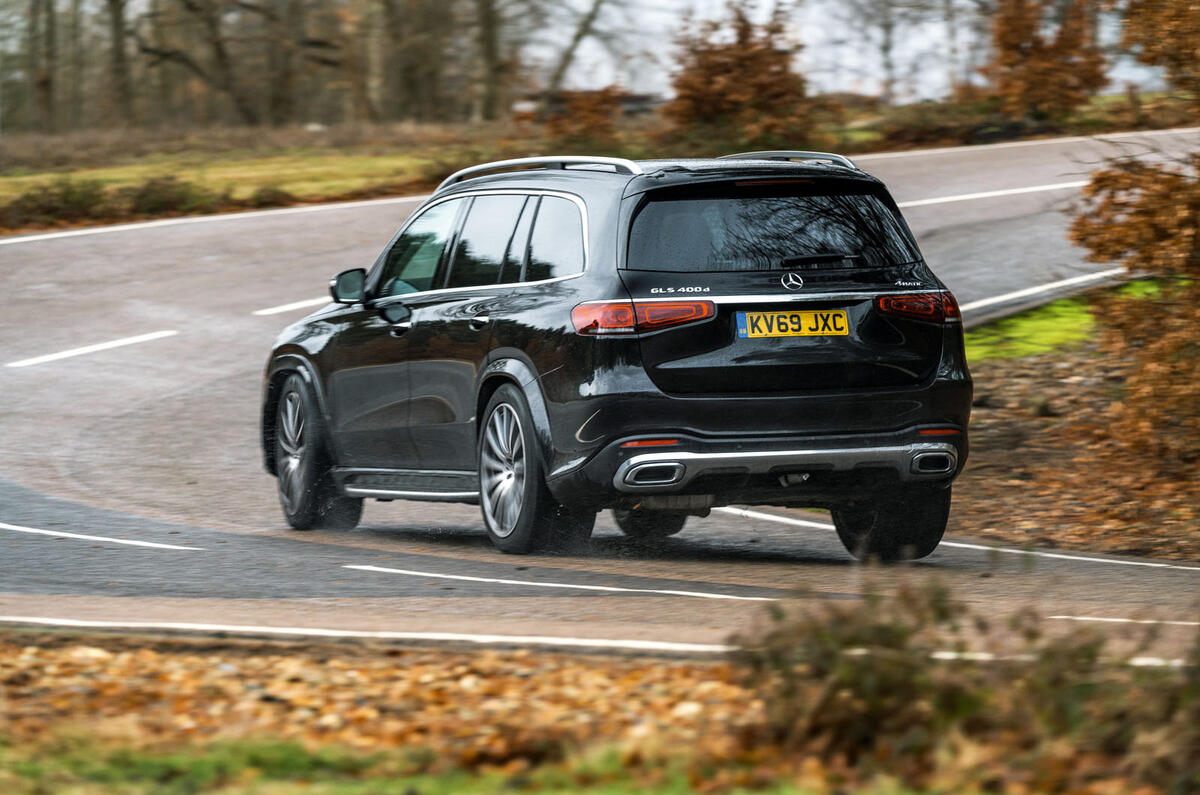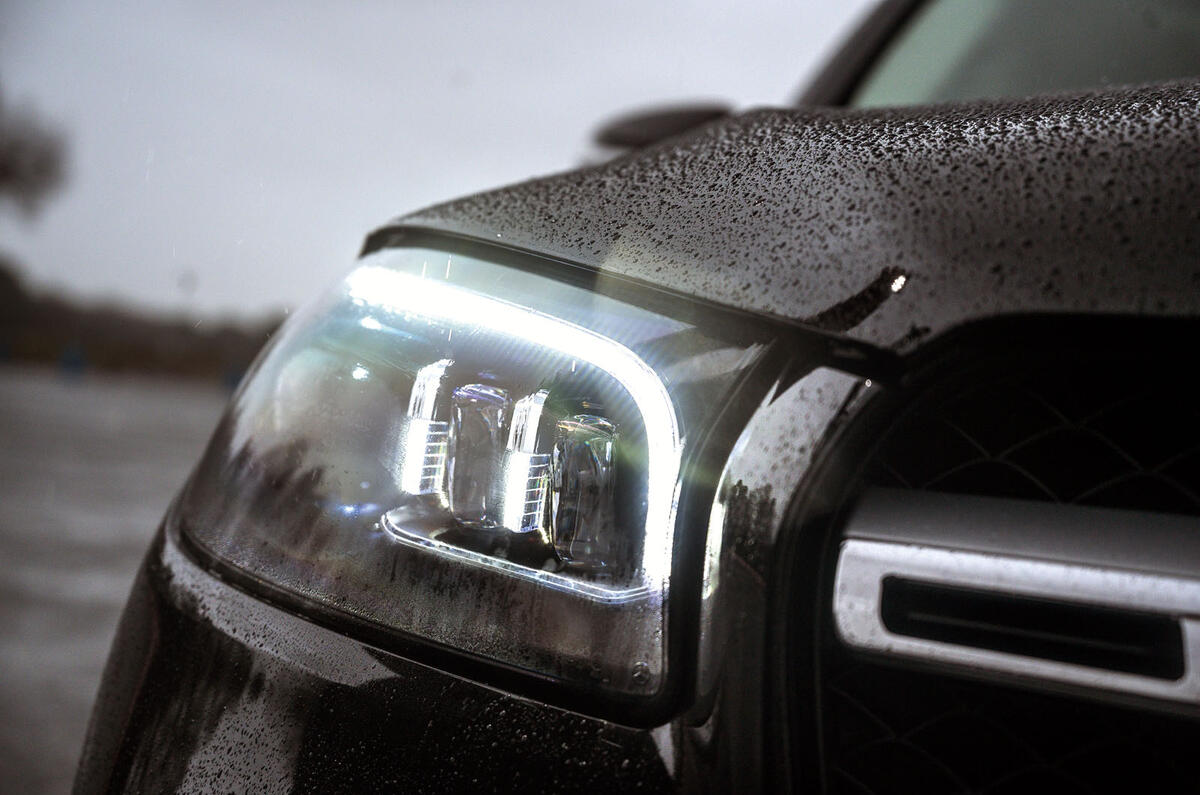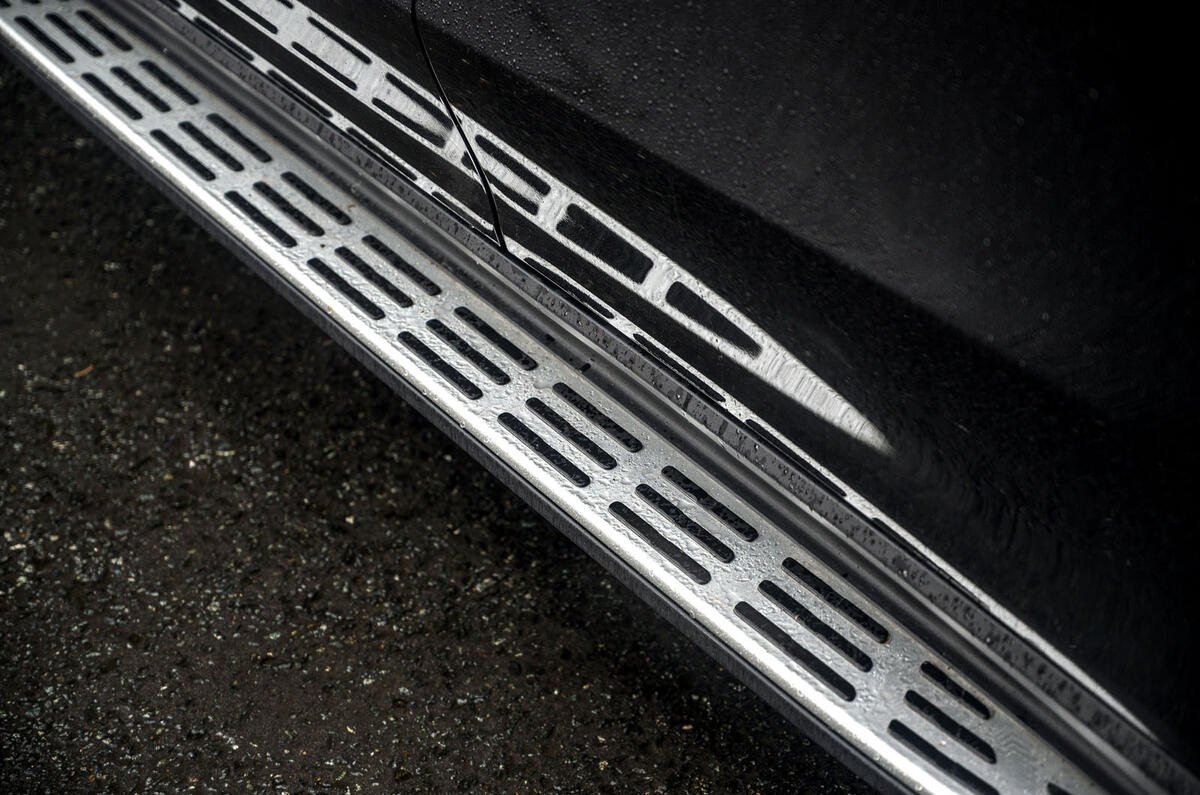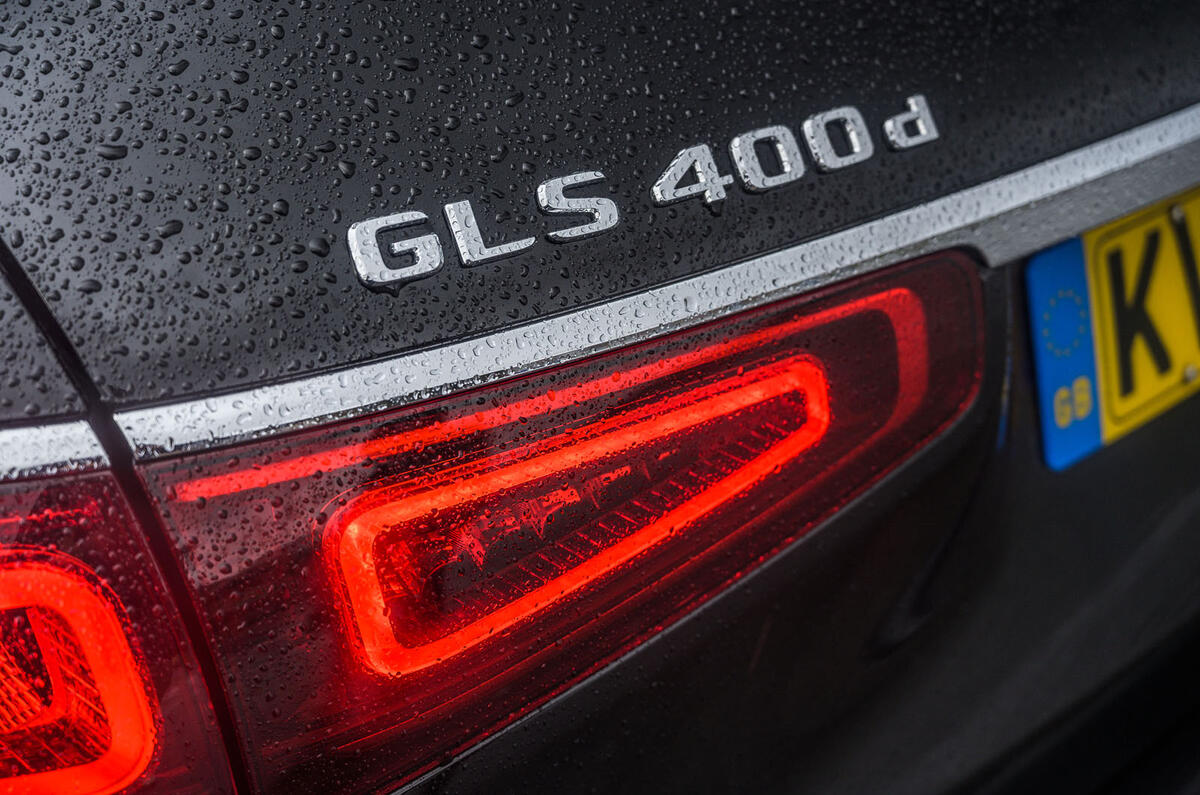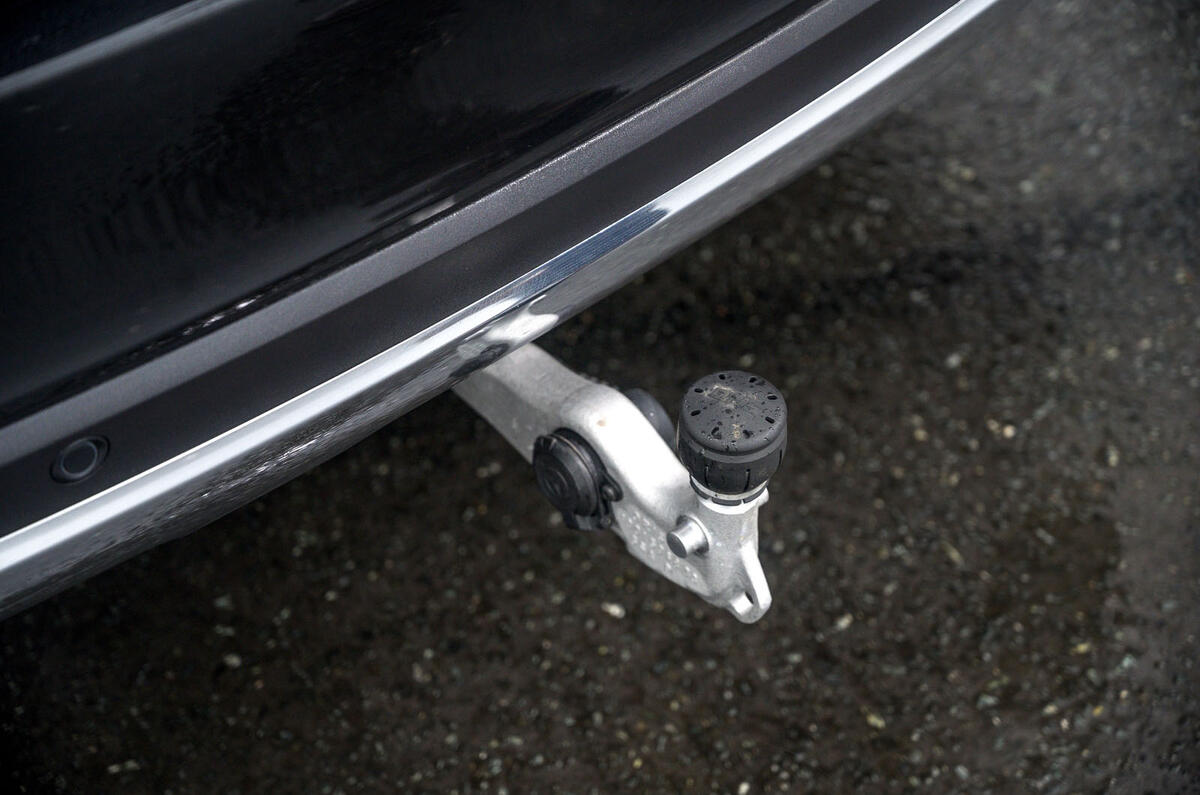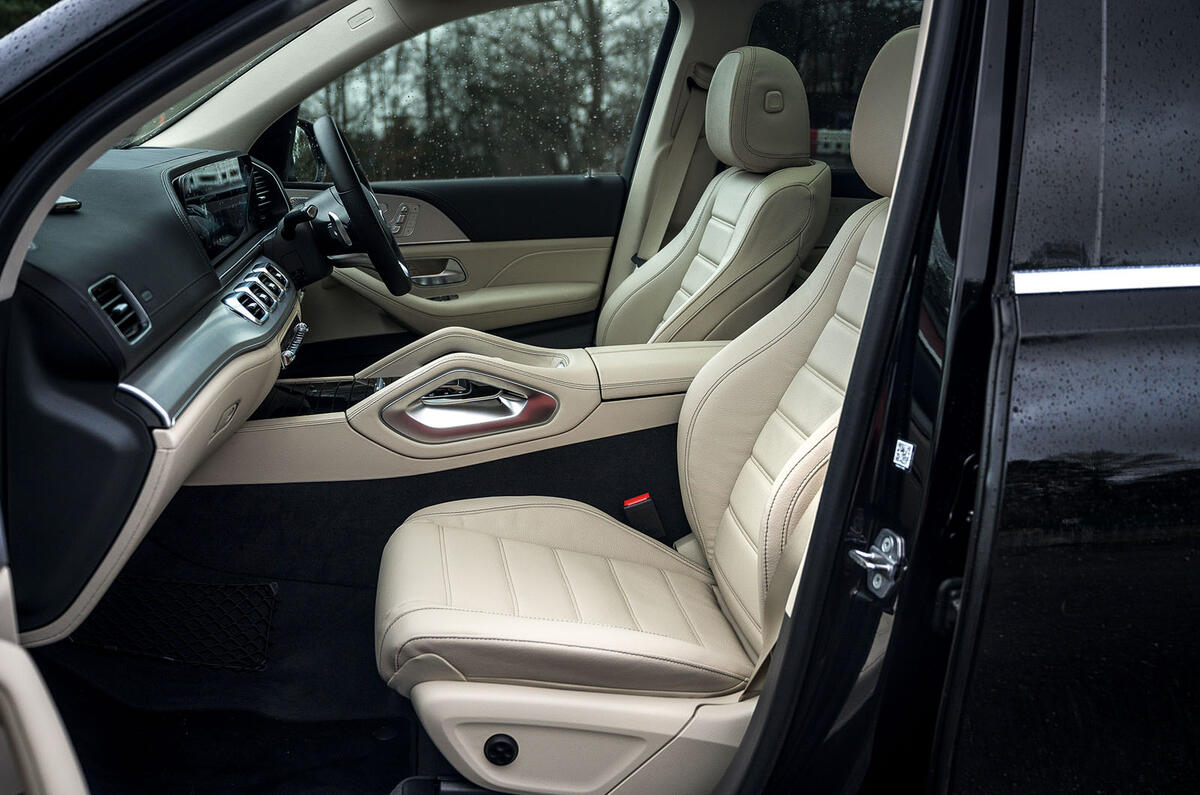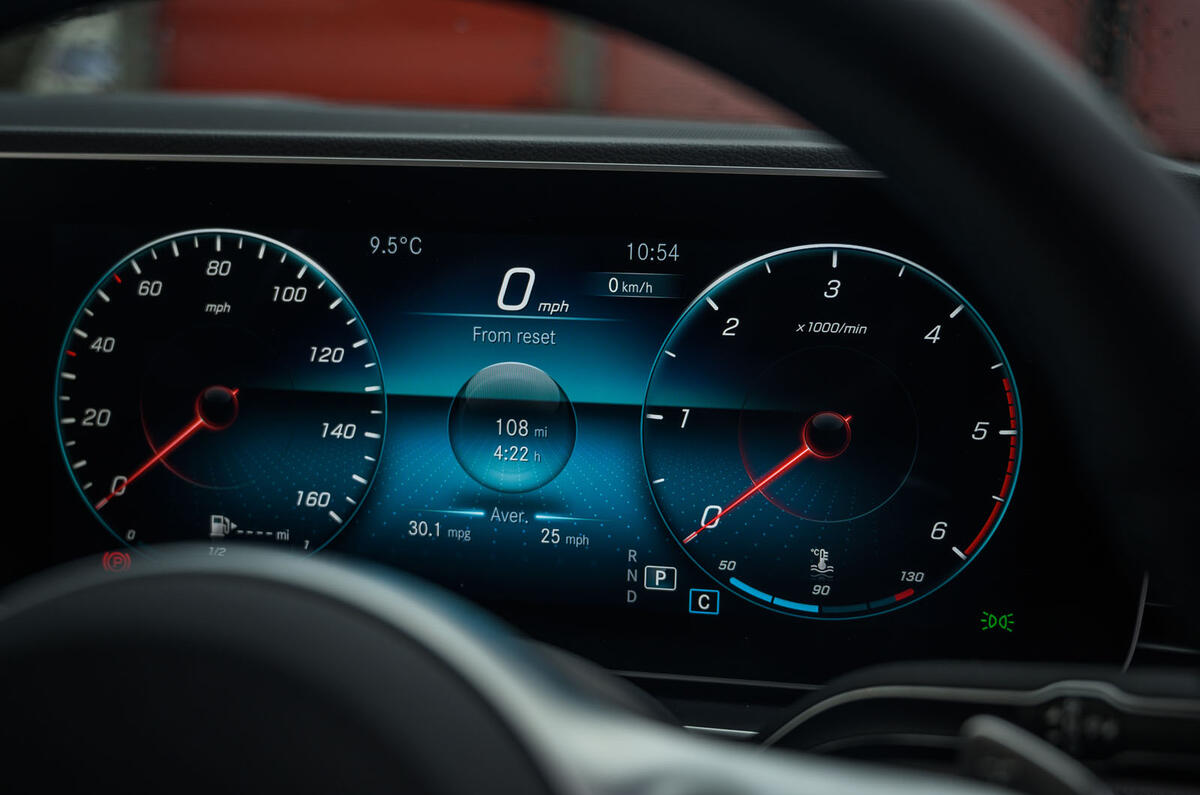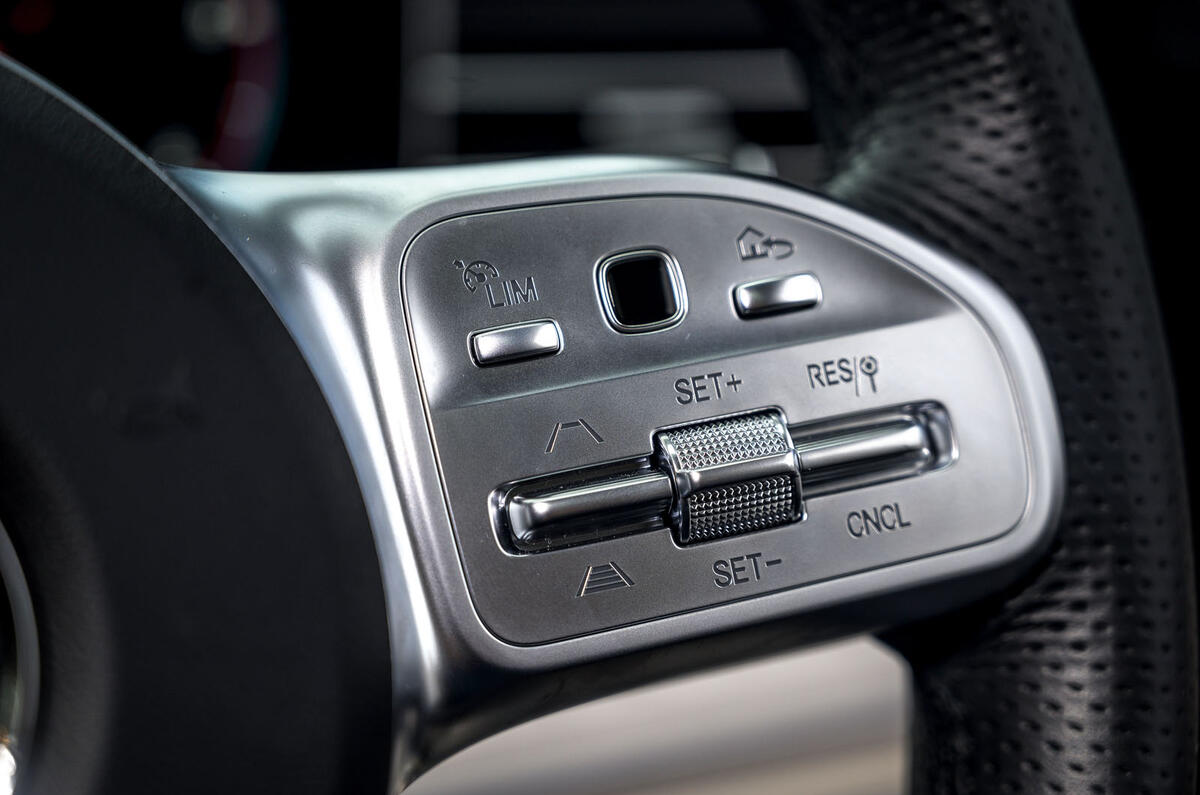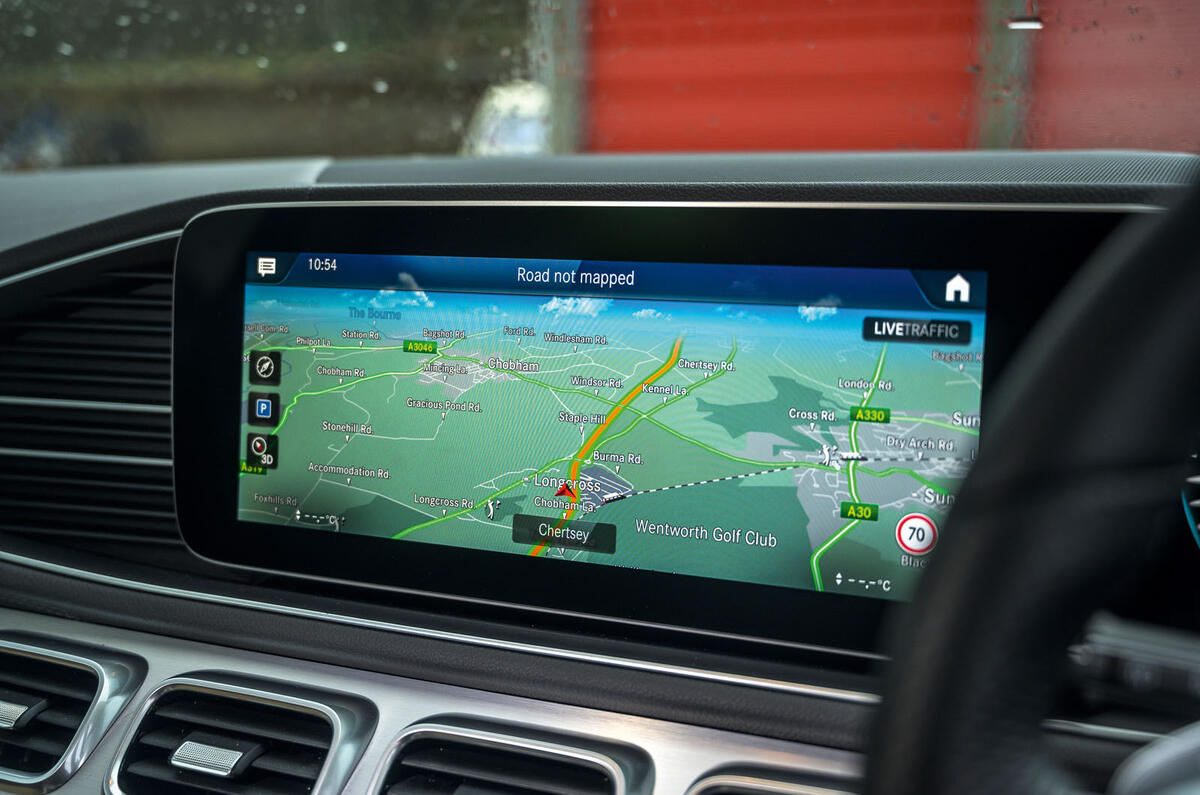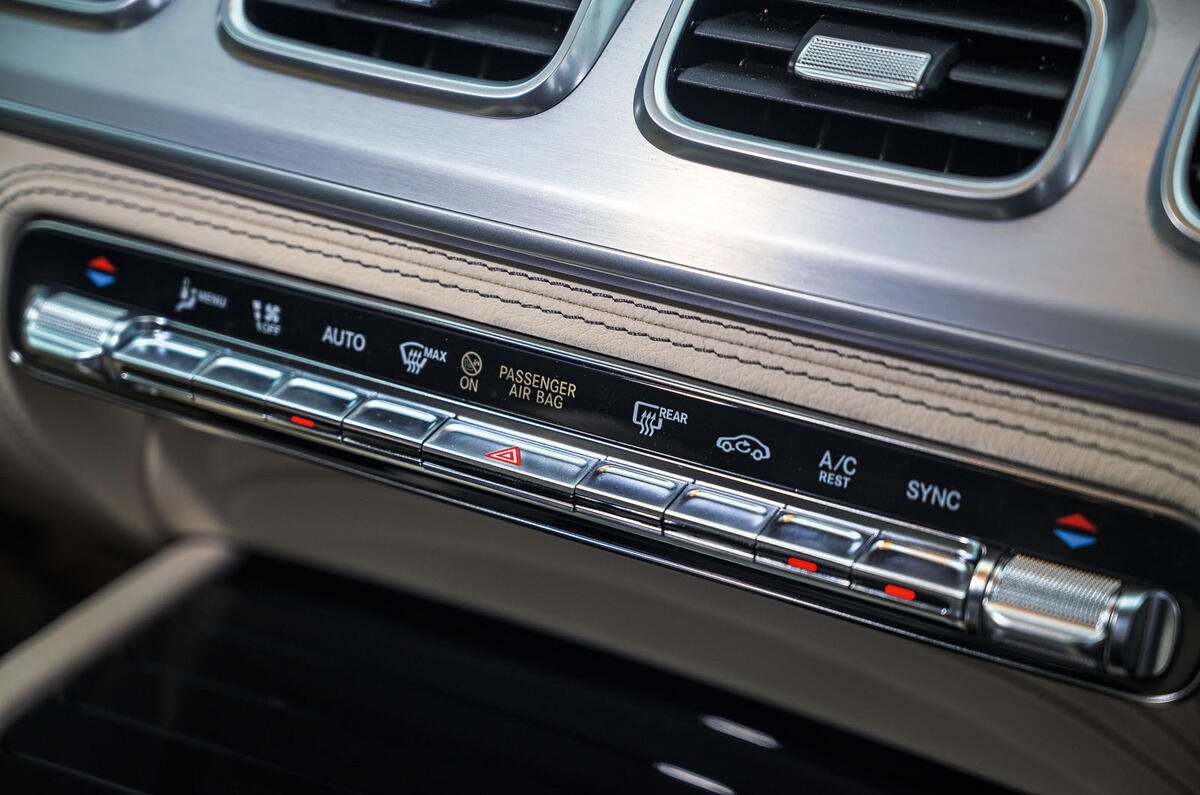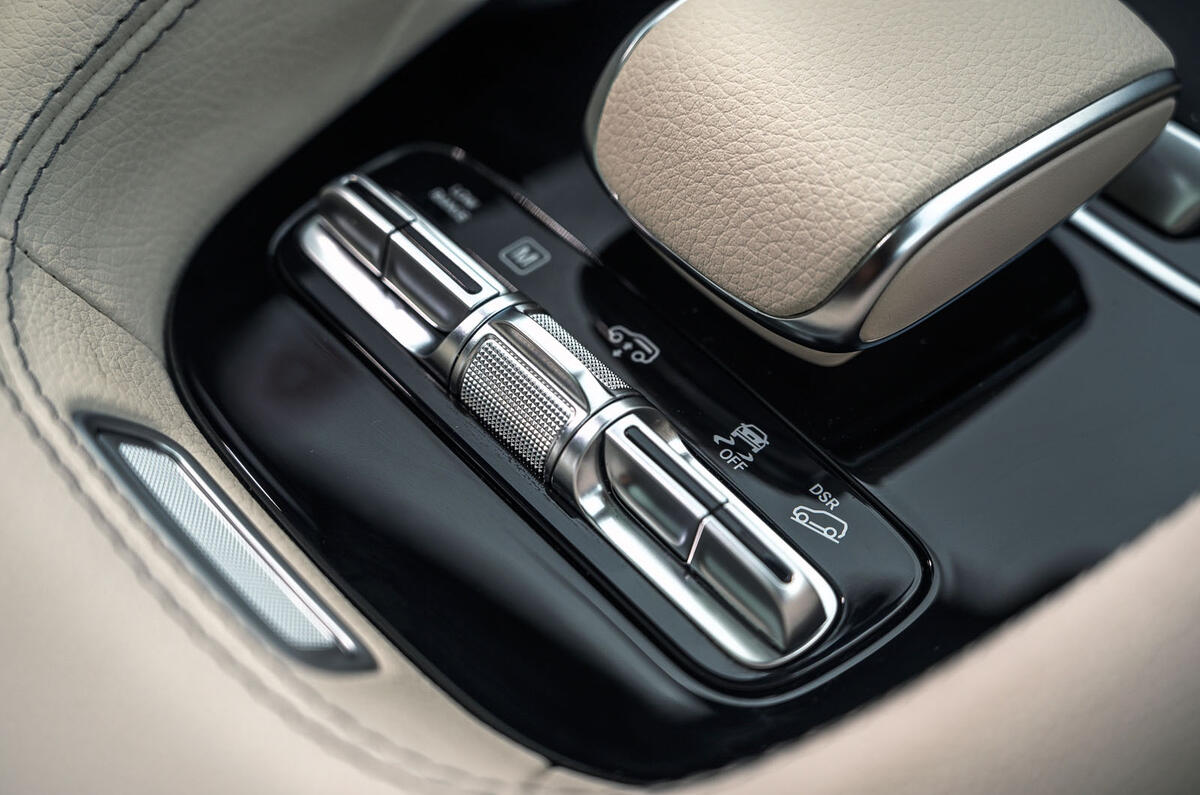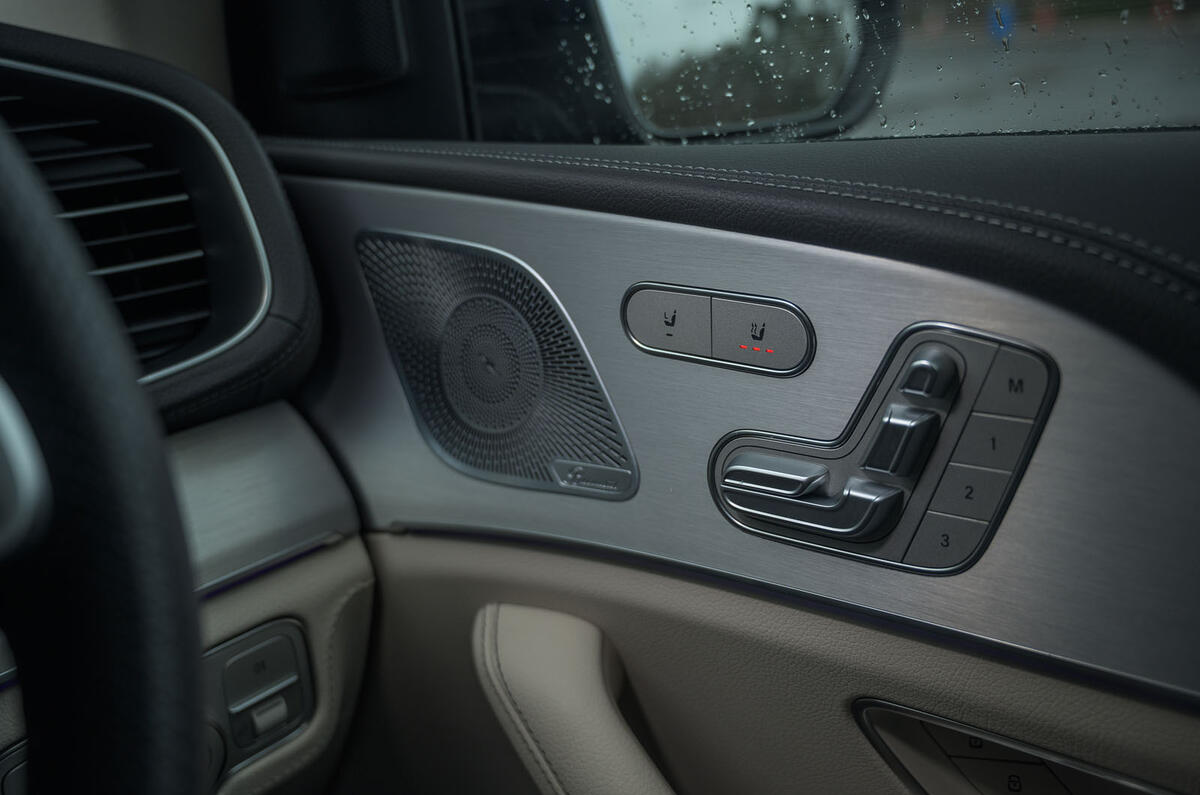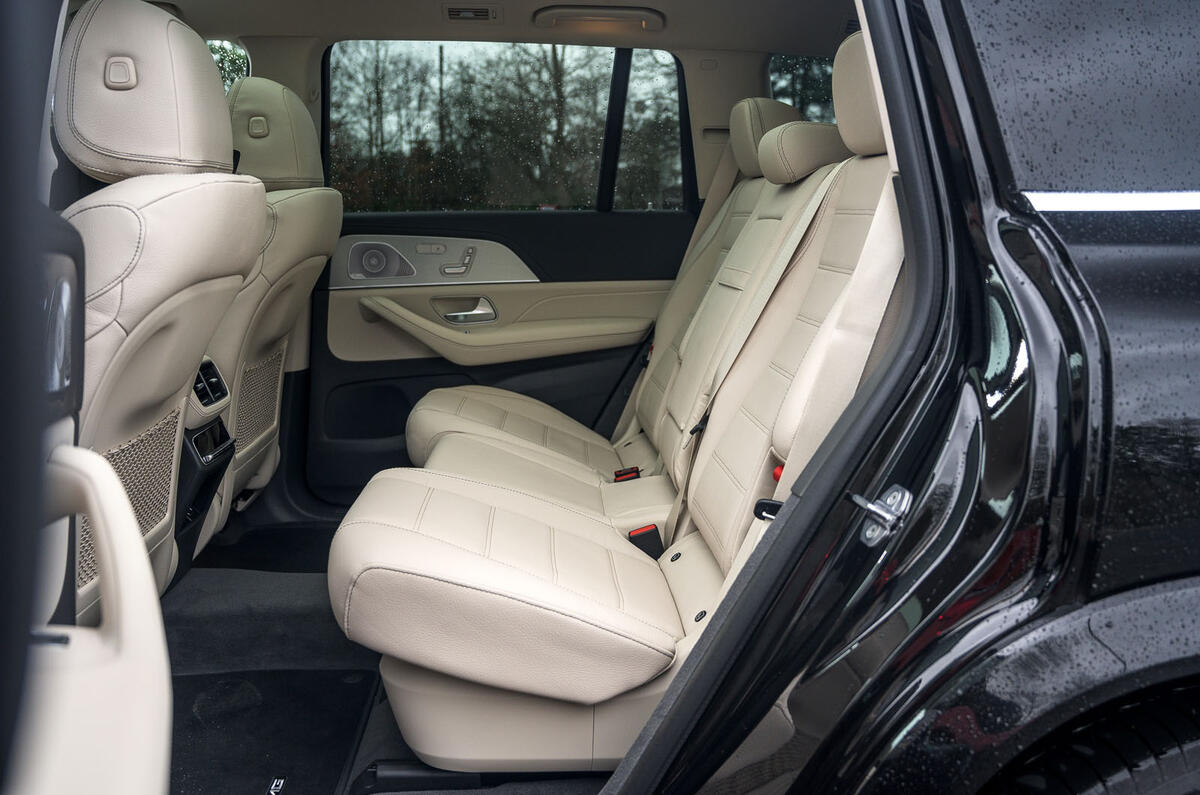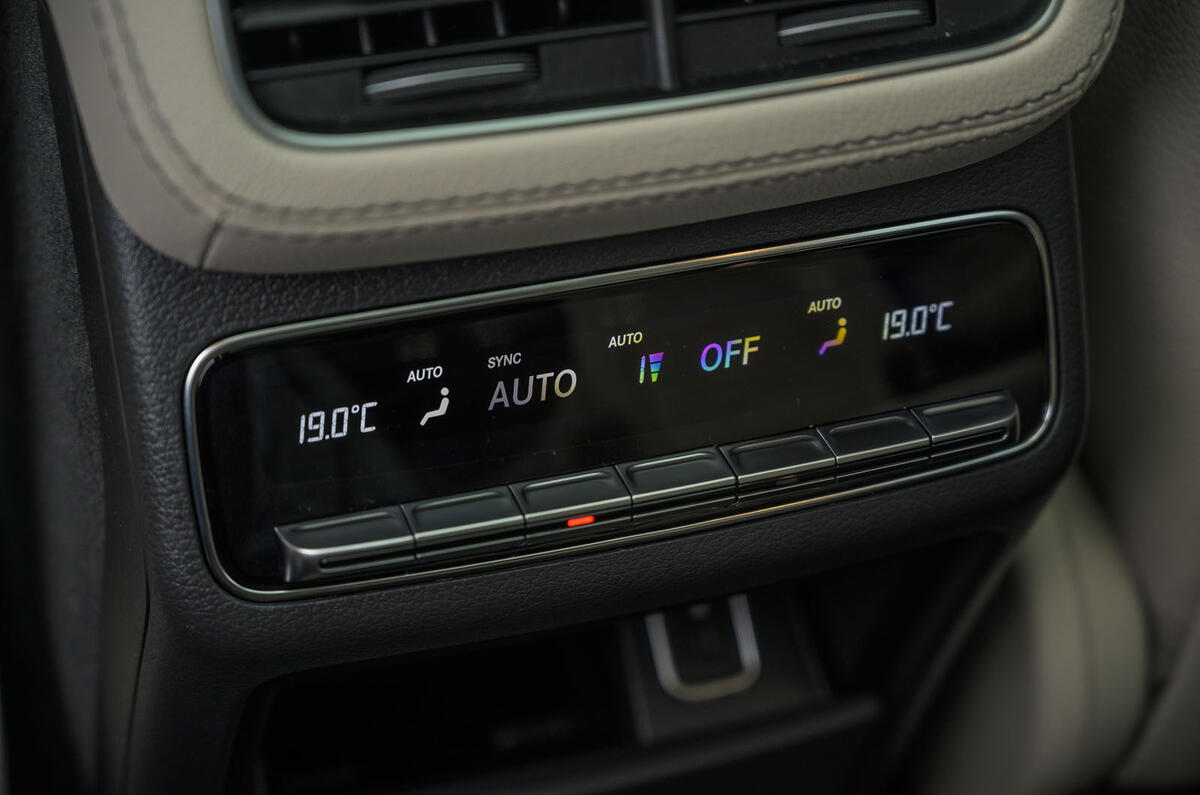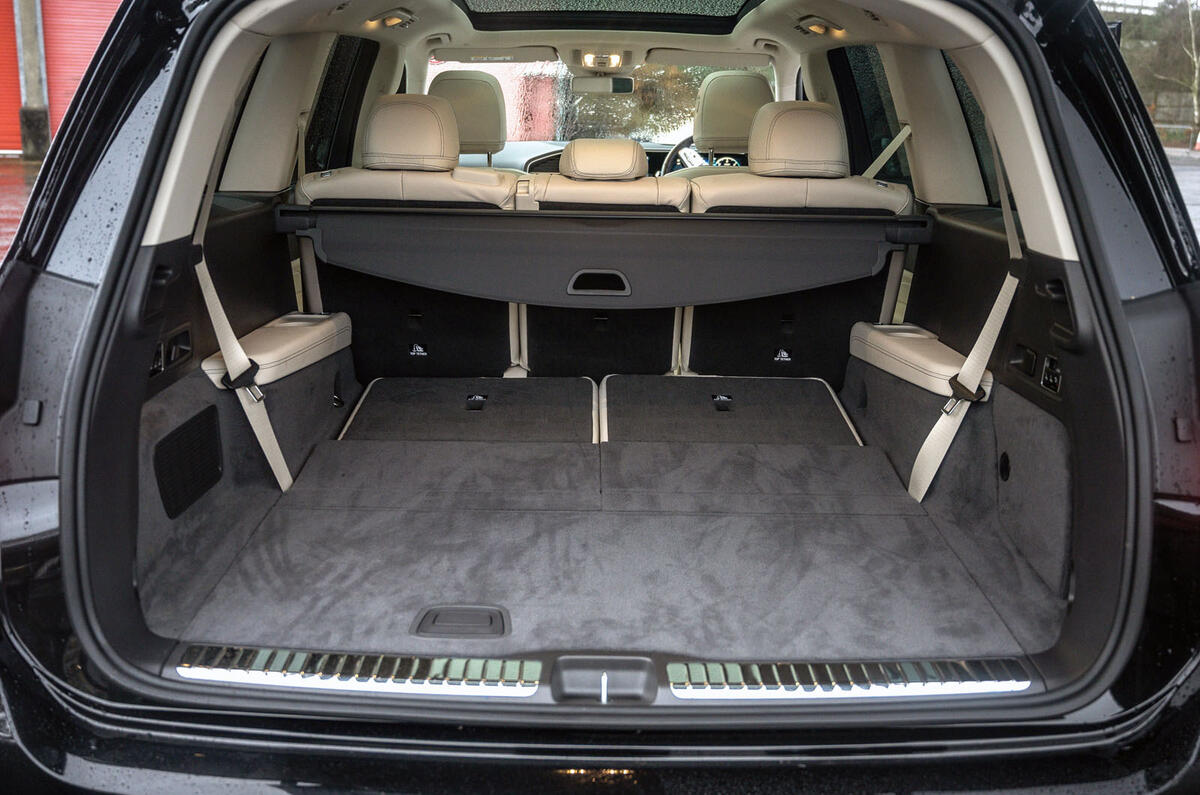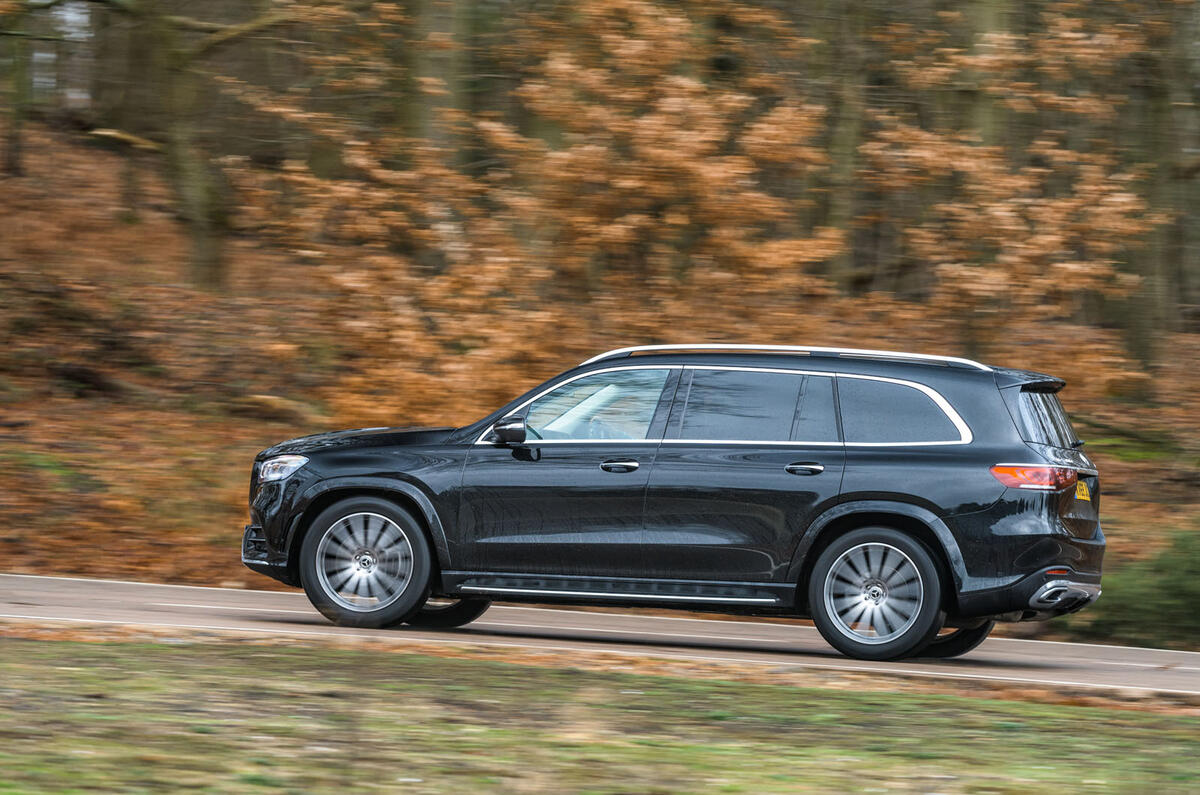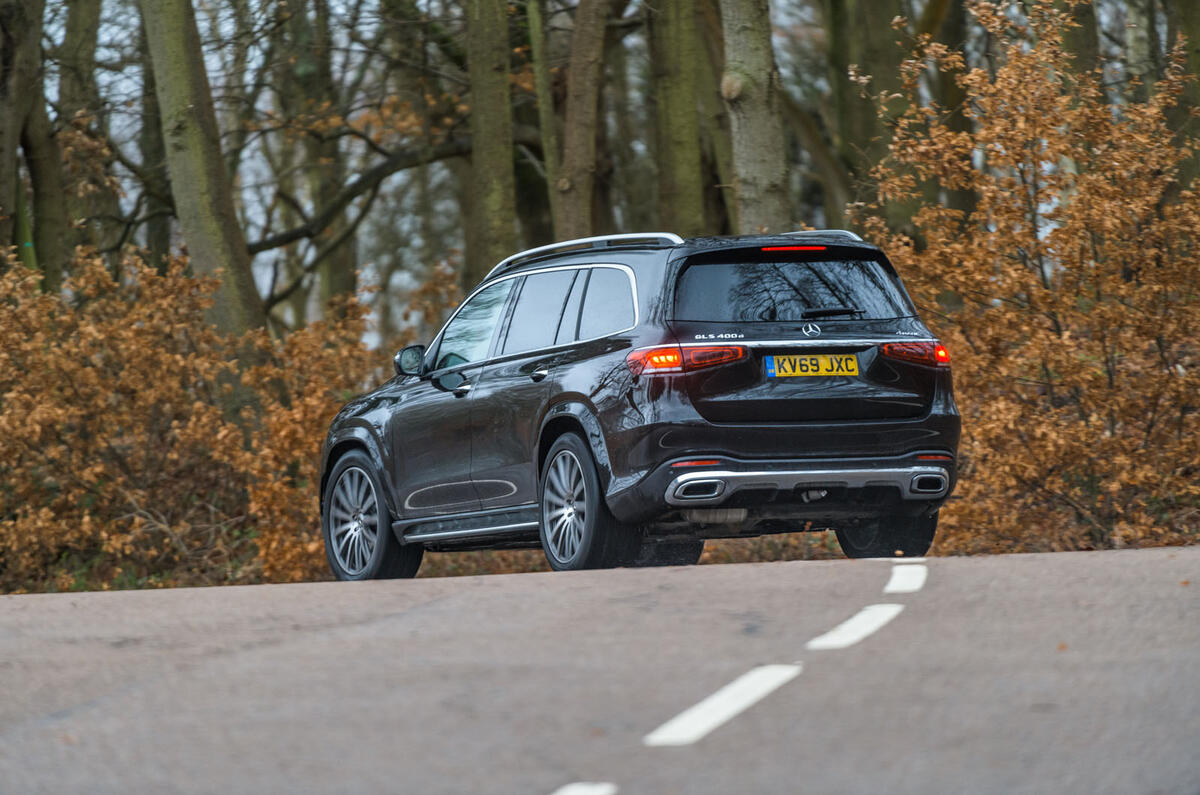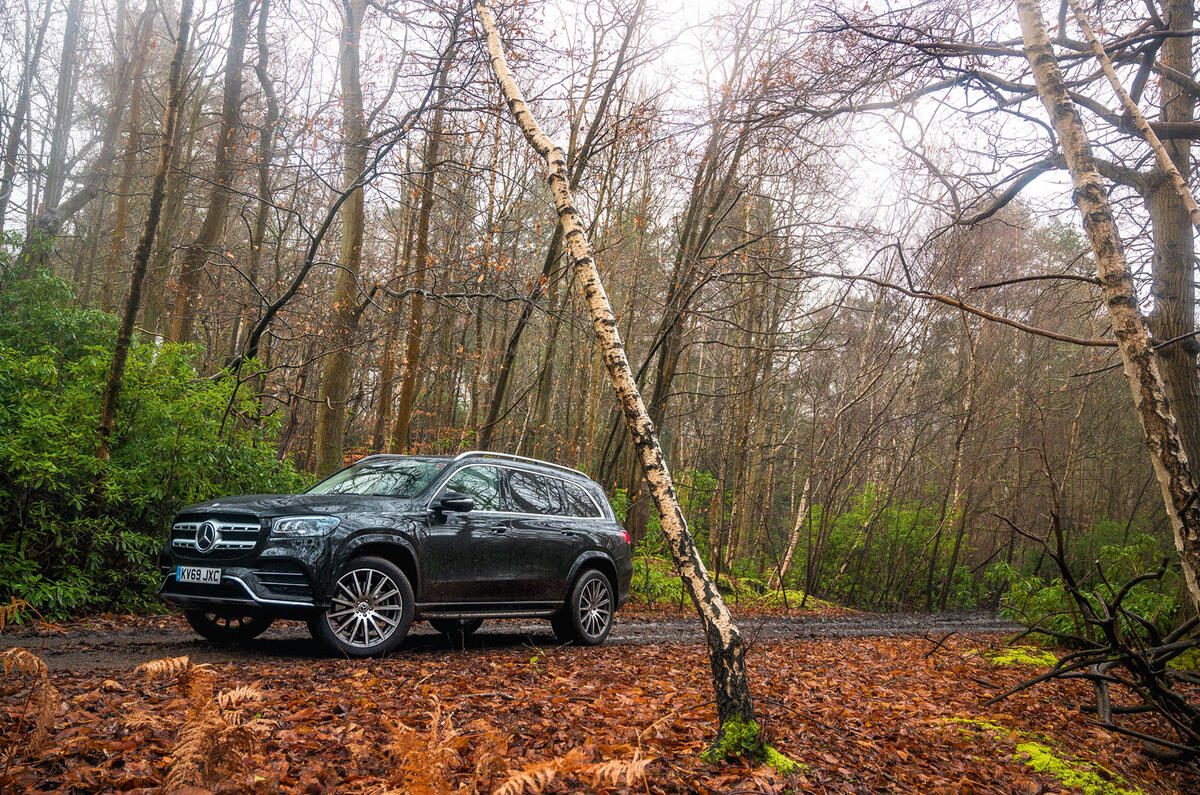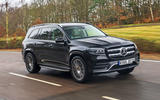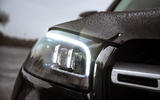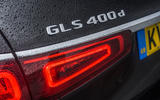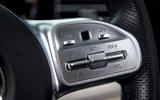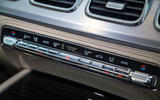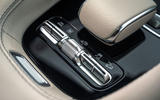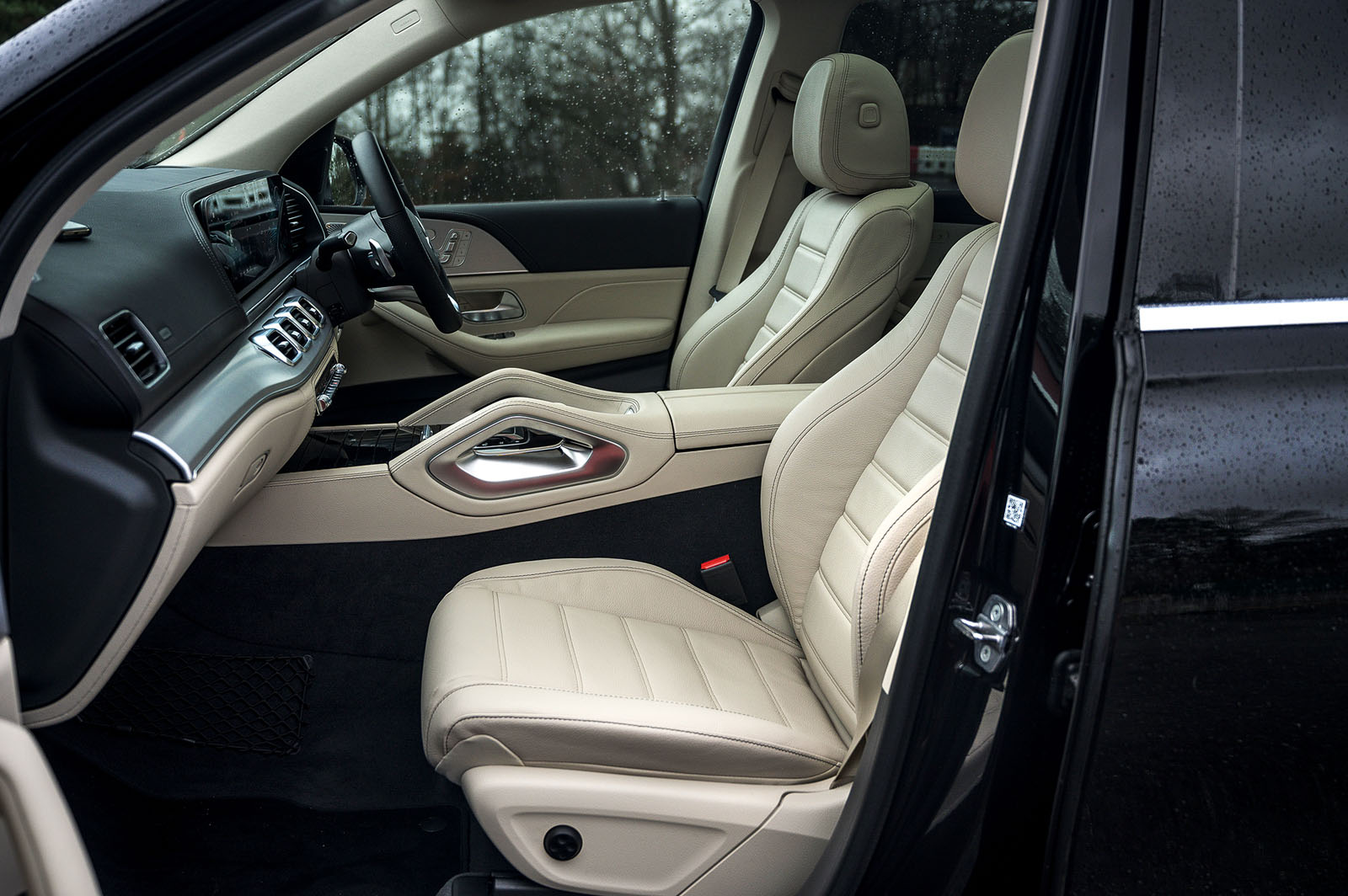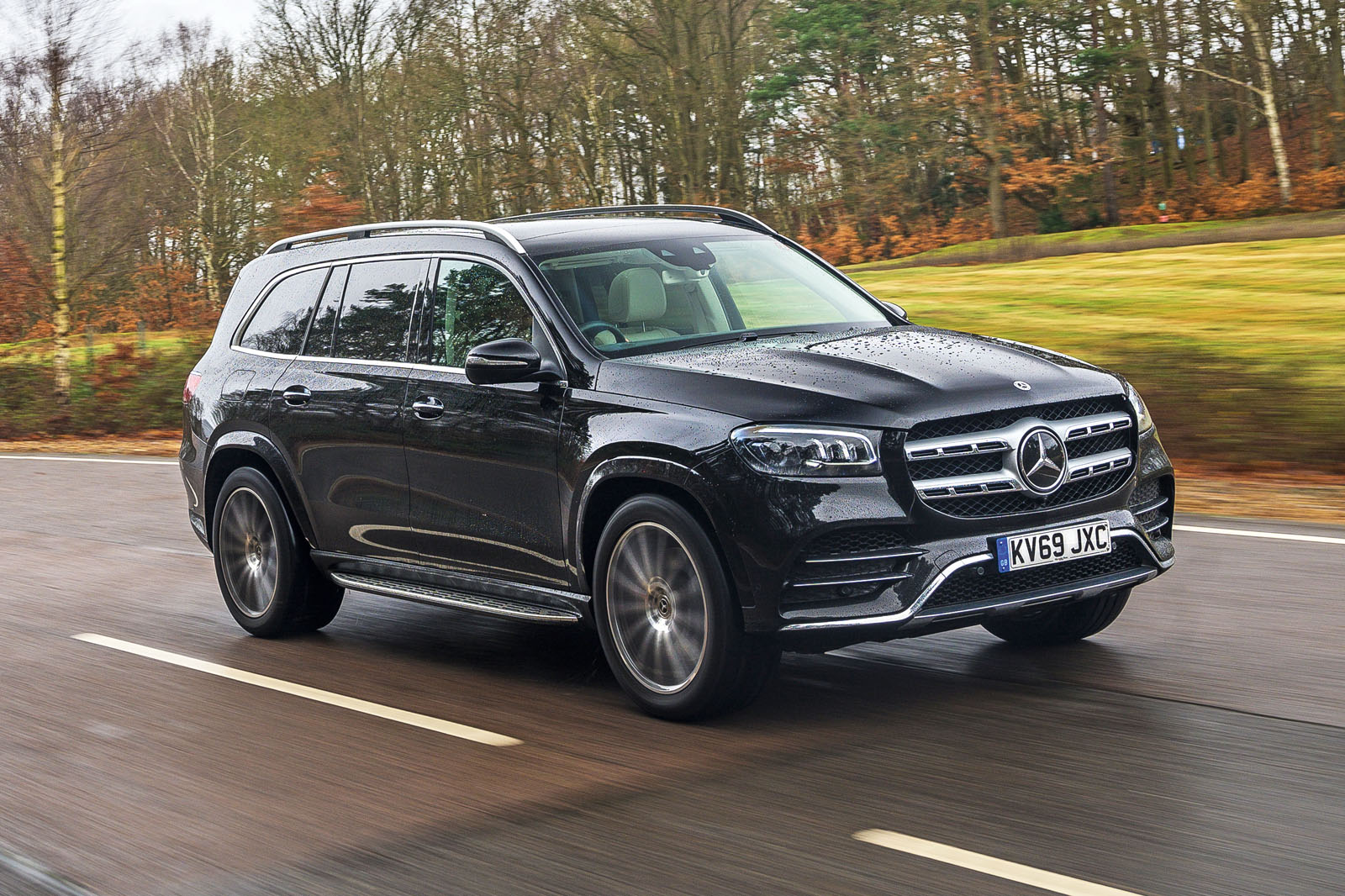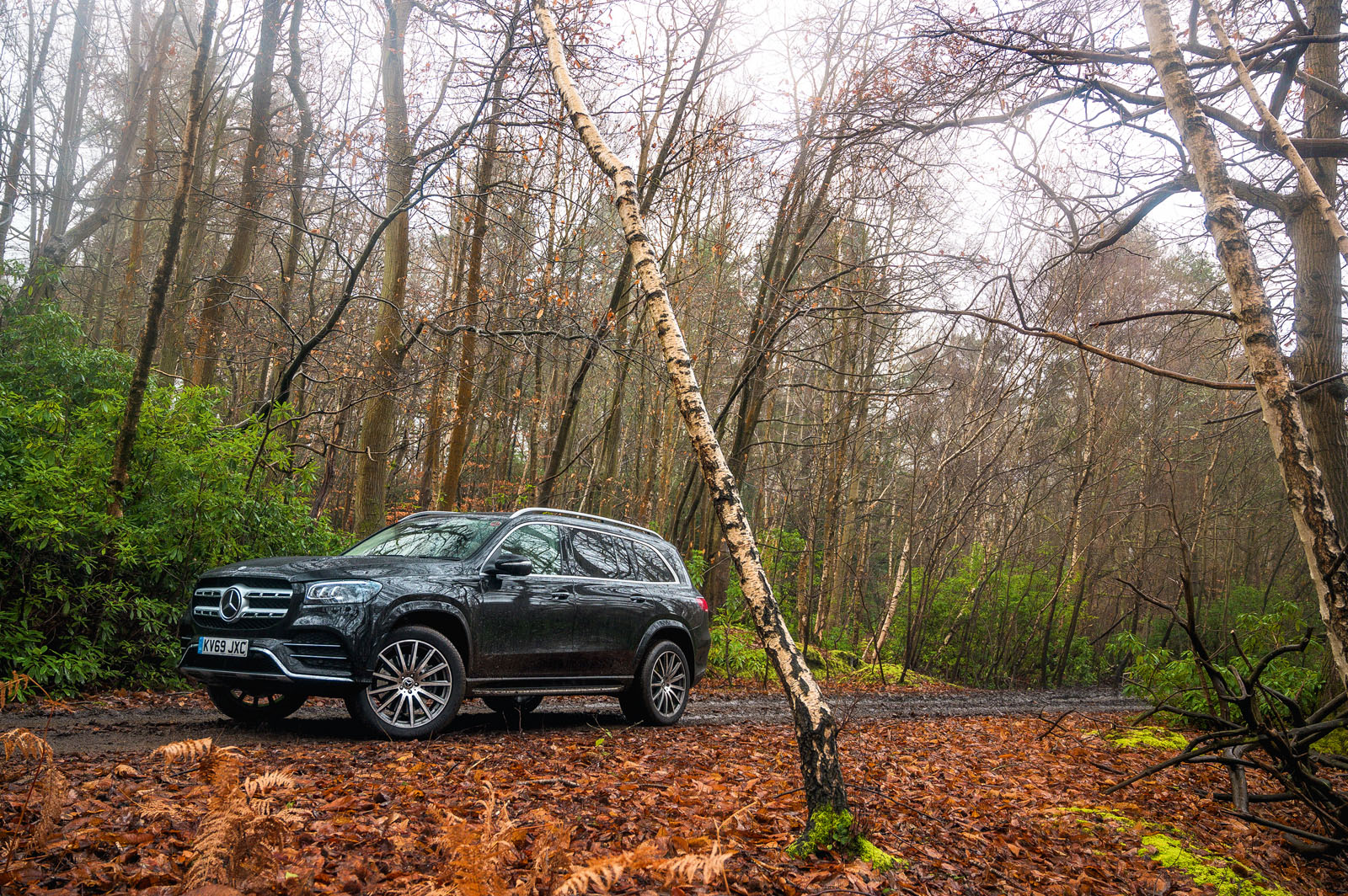The Mercedes-Benz GLS, which is now entering its third full model cycle, has become something of a strange idol for those who believe, absolutely and unquestionably, that bigger must necessarily mean better when it comes to luxury cars.
It hasn’t always been known by that initialism. The first version, which stretched the Mercedes ML-Class’s underpinnings to suit a proper adult-sized seven-seat SUV application, was called the Mercedes GL (2006-2012) when it came along in 2007 and helped provide the production volume to establish Mercedes’ US factory in Alabama.
But now that first mission has been achieved, and with so many ways to spend a six-figure sum on a leather-lined, exotically positioned luxury 4x4 today that simply didn’t exist 13 years ago (not to mention a much improved Mercedes G-Class sibling rival with which to compete), does Mercedes need to redefine this car’s brief and positioning? Does the BMW X7 represent a direct challenge to which Mercedes must be seen to react? Which way does the biggest Mercedes SUV of them all now turn to ensure its continued existence – or does it simply plough steadily straight on in global market conditions that supposedly remain favourable to all cars of its ilk?
All these questions and more must have concerned Mercedes’ product planners during the initial design and conception of the X167- generation GLS, which undergoes this week’s road test in what is effectively the only engine and trim-level derivative form in which it’s offered to UK buyers: as the six-cylinder diesel GLS 400d.


